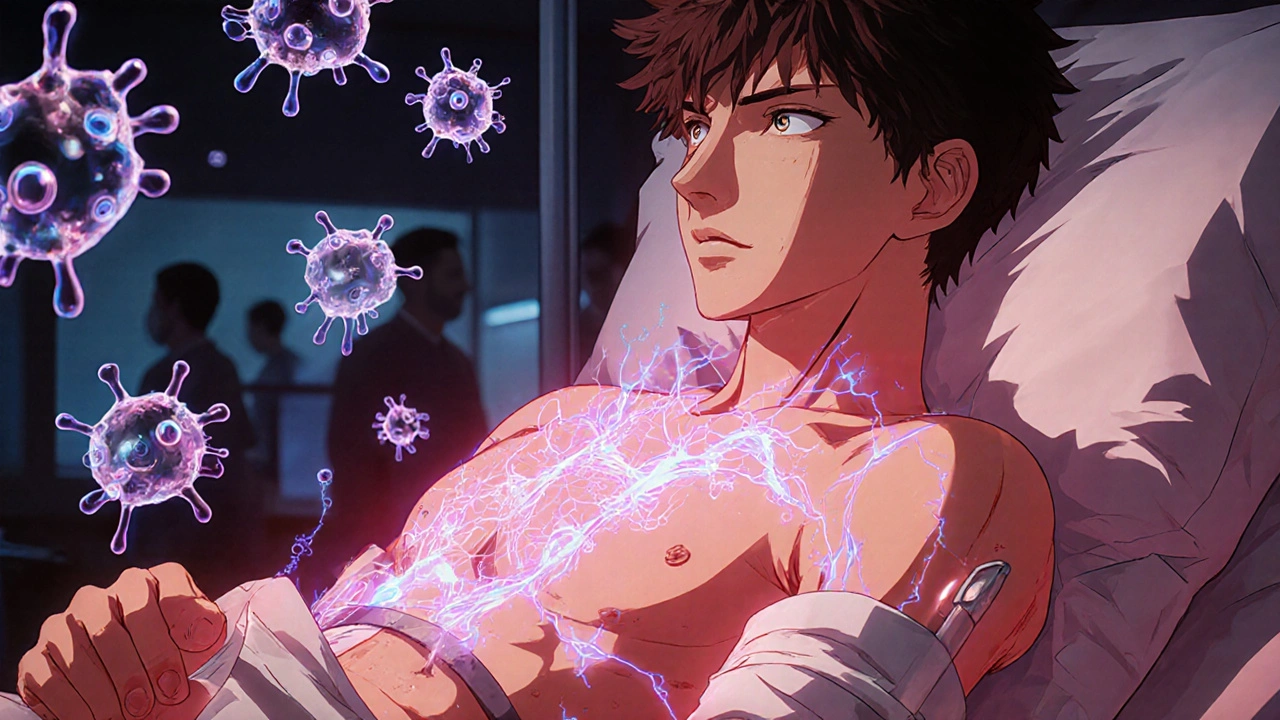
When you hear the word biosimilar, you might think it’s just another name for a generic drug. But that’s not right. Biosimilars aren’t copies like the pills you pick up for high blood pressure. They’re complex, living medicines made from living cells - and monoclonal antibody biosimilars are some of the most important ones in modern medicine today.
These aren’t simple chemical formulas. Monoclonal antibodies are huge proteins, about 150,000 daltons in size, built by cells in bioreactors. Even tiny changes in how they’re made - like how sugars are attached to them - can change how they work in your body. That’s why a biosimilar isn’t identical to the original. It’s highly similar. And that’s enough.
The U.S. Food and Drug Administration and the European Medicines Agency both say: if a biosimilar shows no clinically meaningful difference in safety, purity, or effectiveness compared to the original - and it’s been tested with hundreds of patients - then it’s approved. That’s the bar. And dozens of these drugs have cleared it.
What Are the Main Monoclonal Antibody Biosimilars in Use?
There are now over 30 approved monoclonal antibody biosimilars in the U.S. and Europe. They’re not just lab curiosities. They’re being used every day in hospitals and clinics to treat cancer, autoimmune diseases, and more.
One of the most common is trastuzumab, the biosimilar version of Herceptin. It’s used for HER2-positive breast cancer and certain stomach cancers. In the U.S., six different trastuzumab biosimilars are on the market: Ogivri, Herzuma, Ontruzant, Trazimera, Kanjinti, and Hercessi. These drugs work the same way as the original - they block a protein that tells cancer cells to grow - and studies show they work just as well. Patients get the same survival rates, the same side effects, the same outcomes.
Then there’s rituximab, the biosimilar version of Rituxan. It’s used for non-Hodgkin’s lymphoma, chronic lymphocytic leukemia, and even rheumatoid arthritis. Three biosimilars - Truxima, Ruxience, and Riabni - are approved in the U.S. A 2022 study across 15 U.S. cancer centers followed 1,247 patients who switched from Rituxan to Truxima. The results? No drop in effectiveness. No spike in side effects. And a 28% drop in cost per treatment cycle.
Another big one is bevacizumab, the biosimilar version of Avastin. It’s used for colorectal cancer, lung cancer, and even a rare brain tumor called glioblastoma. Six bevacizumab biosimilars are approved in the U.S., including Mvasi, Zirabev, and Avzivi. These aren’t experimental. They’re standard care now.
And let’s not forget infliximab. The first monoclonal antibody biosimilar ever approved - in the EU in 2013 - was for this drug, used for Crohn’s disease, ulcerative colitis, and rheumatoid arthritis. In 2023, Celltrion’s version, Remsima, became the first monoclonal antibody biosimilar in the U.S. to get the FDA’s interchangeable status. That means pharmacists can swap it for the original without asking the doctor. It’s a big deal.
Why Do Biosimilars Cost Less?
It’s simple: they don’t have to start from scratch.
The original drug - called the reference product - took 10 to 15 years and billions of dollars to develop. Clinical trials, patent battles, manufacturing setup - all of it was paid for by the original company. The biosimilar maker doesn’t have to repeat all that. They just need to prove their version is just as good.
That’s why the price difference is so big. A single dose of the original trastuzumab might cost $5,000. The biosimilar? Around $3,000. That’s a 40% savings. For a patient needing 12 doses a year, that’s $24,000 saved. Multiply that across thousands of patients, and you’re talking about billions in healthcare savings.
Industry analysts at Evaluate Pharma predict biosimilar monoclonal antibodies will save the U.S. healthcare system $250 billion between 2023 and 2028. Bevacizumab, trastuzumab, and rituximab biosimilars will make up 78% of that total.
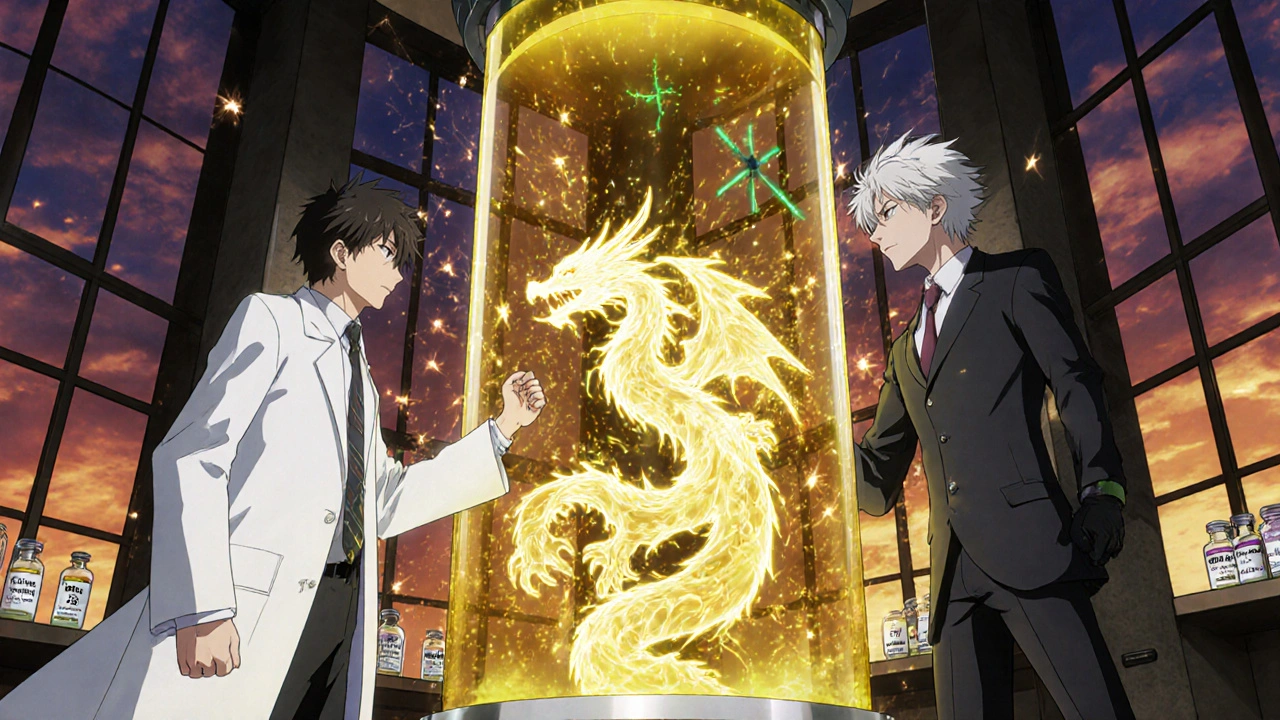
Are They Safe? What About Side Effects?
One of the biggest fears patients and doctors have is: will this cause new side effects? Will my immune system react?
It’s a real concern. Monoclonal antibodies are designed to interact with your immune system. That’s how they work. So if there’s a tiny difference in the protein structure - like a different sugar pattern attached to it - could that trigger an unexpected immune response?
Yes, it’s possible. In rare cases, researchers found that some patients developed antibodies against a sugar molecule called alpha-1,3-galactose, which led to severe allergic reactions with cetuximab. That’s why biosimilar makers have to test for these things. The FDA now requires over 127 analytical tests to check for structural similarities, including detailed glycan profiles.
But here’s the key: the rate of unexpected immune reactions with biosimilars is no higher than with the original drug. The EMA tracked 1.2 million patient-years of exposure to monoclonal antibody biosimilars and found only 12 cases of unusual immune responses. That’s 0.001%. The same rate was seen with the reference products.
Real-world data from hospitals and cancer centers confirms it. Patients switch from the original to the biosimilar all the time - and nothing changes. No more rashes. No more infusions stopped. No more unexpected drops in blood pressure.
What’s Next? The Pipeline and Future Trends
The next wave of biosimilars is coming fast.
Adalimumab (Humira) is the world’s top-selling drug. It’s used for arthritis, psoriasis, and more. There are 14 biosimilar candidates in late-stage development for it in the U.S. The first one, Hyrimoz, got approved in September 2023. More are coming. This could slash Humira’s price by over 70% in the next few years.
Then there’s pembrolizumab (Keytruda), the cancer immunotherapy drug. Six biosimilars are in late-stage trials. Keytruda alone brought in over $20 billion in sales in 2023. When biosimilars hit, the savings could be enormous.
Even more complex drugs are on the horizon - bispecific antibodies, antibody-drug conjugates. These are like precision missiles that deliver chemo directly to cancer cells. The EMA plans to release new guidelines for these in early 2024. The science is getting more advanced, and so are the biosimilars.
By 2027, IQVIA predicts monoclonal antibody biosimilars will make up 35% of all biologic prescriptions in the U.S., up from 18% in 2022. Cancer treatments will account for 62% of that volume.

Why Aren’t More Doctors Prescribing Them?
Despite the data, adoption isn’t automatic.
A 2022 survey by the American Society of Clinical Oncology found only 58% of oncologists felt very confident prescribing biosimilars. Many still worry about long-term safety. Others aren’t sure about switching patients who are stable on the original drug.
Then there’s the legal side. Patent lawsuits are common. On average, each monoclonal antibody biosimilar faces 14.7 patent challenges before it can launch. That delays access and keeps prices higher longer.
And pharmacy benefit managers - the middlemen who decide what drugs insurers cover - sometimes lock biosimilars out of formularies. In 2023, 32% of biosimilar launches faced restrictions. That means even if a doctor wants to prescribe a cheaper option, the insurance won’t let them.
Education is the missing piece. Doctors need to know the data. Nurses need to know how to explain it to patients. Pharmacists need to know they can substitute interchangeable products without calling the doctor.
What Should Patients Know?
If you’re on a monoclonal antibody like Herceptin, Rituxan, or Avastin - and your doctor talks about switching to a biosimilar - ask questions. But don’t assume it’s risky.
Ask: Is this biosimilar approved by the FDA? Has it been used in other patients? Is it interchangeable? What’s the evidence?
Chances are, your doctor has seen the data. The studies are solid. The safety profile matches. The cost savings are real. And if your insurance pushes for the biosimilar? It’s not because they’re trying to cut corners. It’s because they want you to get the same care - for less money.
Switching isn’t about lowering standards. It’s about making life-saving treatments affordable for everyone.
Are monoclonal antibody biosimilars the same as generics?
No. Generics are exact chemical copies of small-molecule drugs like aspirin or metformin. Biosimilars are highly similar versions of complex biological drugs made from living cells. Monoclonal antibodies are huge proteins - about 150,000 daltons - and cannot be copied exactly. Biosimilars must prove no clinically meaningful differences in safety, purity, and effectiveness, but they are not identical.
Which monoclonal antibody biosimilars are approved in the U.S.?
As of 2023, the FDA has approved multiple monoclonal antibody biosimilars, including: for trastuzumab (Herceptin) - Ogivri, Herzuma, Ontruzant, Trazimera, Kanjinti, and Hercessi; for rituximab (Rituxan) - Truxima, Ruxience, and Riabni; for bevacizumab (Avastin) - Mvasi, Zirabev, Alymsys, Vegzelma, Avzivi, and Jobevne; and for infliximab (Remicade) - Inflectra, Renflexis, Avsola, Ixifi, and Remsima. Remsima is also the first monoclonal antibody biosimilar designated as interchangeable by the FDA.
Do biosimilars work as well as the original drugs?
Yes. Clinical trials and real-world studies show biosimilars have no clinically meaningful differences in effectiveness or safety compared to the original. For example, a 2022 study of 1,247 patients switching from rituximab to Truxima found identical response rates and side effect profiles. The FDA requires this level of proof before approval.
Are biosimilars safe for long-term use?
Yes. Long-term safety data from over 1.2 million patient-years of exposure to monoclonal antibody biosimilars shows no increase in immune reactions compared to the original products. The European Medicines Agency reports an extremely low rate of unexpected immune responses - 0.001% - matching the reference drugs. Ongoing monitoring continues, but current evidence supports long-term safety.
Why are biosimilars cheaper if they’re just as good?
Biosimilars don’t need to repeat the massive early-stage research and clinical trials done by the original drugmaker. They focus on proving similarity through targeted studies, which cuts development time and cost. This allows manufacturers to offer lower prices - often 20% to 40% less - while maintaining the same quality and outcomes. Savings can reach billions across the healthcare system.
Write a comment
Your email address will not be published.

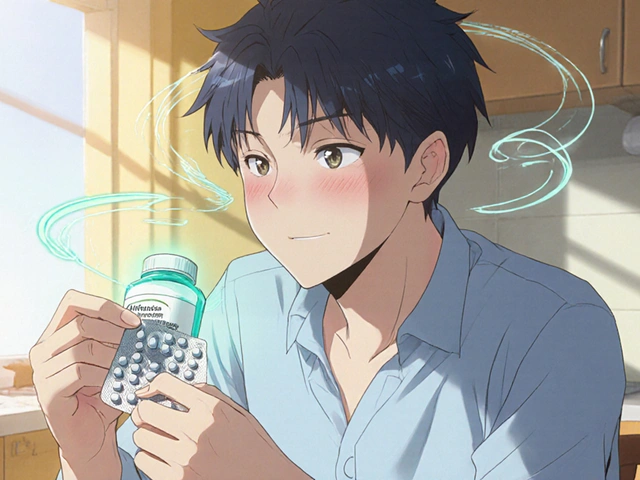
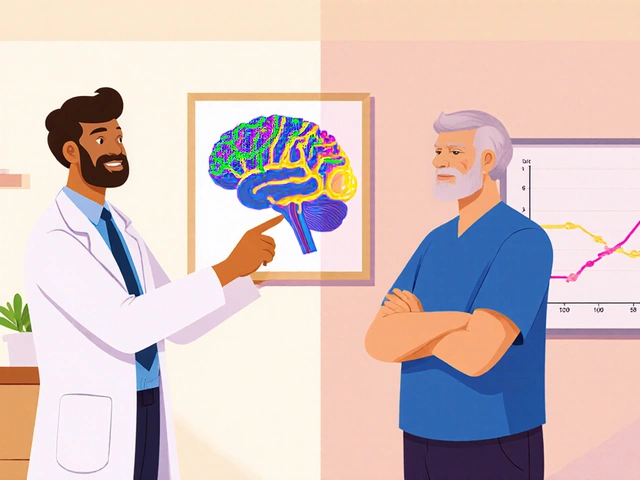
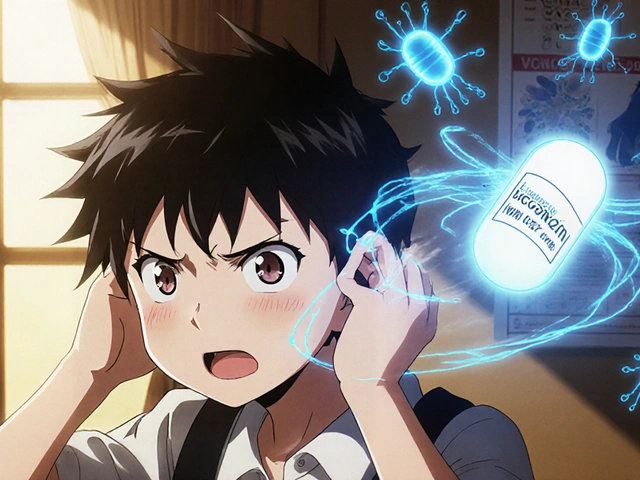
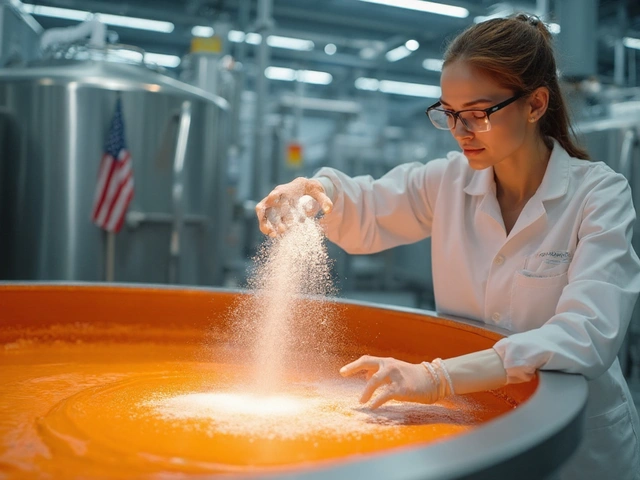
15 Comments
Wow. This is actually one of the most clear, thoughtful breakdowns of biosimilars I’ve read in years. I work in oncology nursing and see patients switch daily - no one’s had a single unexpected reaction. The fear is real, but the data? It’s rock solid. Thanks for putting this out there.
Yeah right. And I’m sure the FDA didn’t get pressured by Big Pharma to fast-track these. You think they really tested 1.2 million patient-years? That’s not science - that’s PR. They’re cutting corners so insurance companies can save a buck. Someone’s gonna die because some sugar molecule was tweaked.
Ugh. Another ‘biosimilars are fine’ think piece. Do you even know what glycosylation patterns do to Fc receptor binding? No? Then stop pretending you understand immunology. This isn’t aspirin. You can’t just swap proteins like trading cards and expect the same outcome. The FDA’s standards are a joke.
How dare you suggest biosimilars are safe?! My cousin got anaphylaxis after switching to a ‘similar’ drug. The system is rigged. The FDA is corrupt. The pharmaceutical industry is laughing all the way to the bank while patients become lab rats. This isn’t medicine - it’s corporate warfare.
ok but like… why are we even having this conversation?? 🤡 The cost savings are insane. $24k per patient per year? That’s a house. A vacation. A new kidney. I’m not mad, I’m just disappointed in the people who are still scared of a drug because it has a different name. Also, I’m pretty sure my oncologist has a better grasp on this than you do. 🙄
this is so cool i had no idea biosimilars were this advanced now. india makes a bunch of em too like inflectra and remsima. its wild how much cheaper it is. my uncle got trastuzumab biosimilar and saved like 15k a year. no side effects. just cheaper. 🤝
As someone from India where biosimilars are the backbone of cancer care, I can say this: we’ve been using these for over a decade. No spikes in adverse events. No hidden risks. The science is mature. The fear? It’s mostly Western privilege talking. We don’t have the luxury of paying $5k per dose. We have patients who live - because of these drugs.
Oh wow. So now we’re supposed to trust the same companies that gave us OxyContin? Biosimilars are just the next opioid. They’ll push these until someone gets a rare immune reaction, then bury the data. And you people cheer? Pathetic. The FDA is a puppet. The patents? All bought and paid for. Wake up.
my mom switched to a biosimilar for her rheumatoid arthritis last year. same results. way less stress about the bill. 🙏❤️
Interesting read. I’m from the UK, and we’ve been using biosimilars for over a decade here - infliximab, etanercept, you name it. The NHS saves millions annually. Patients don’t notice the difference. Doctors trust them. It’s not magic. It’s just smart pharmacoeconomics. Shame the US is so slow to adopt.
Okay, but let’s talk about the real elephant in the room - PBMs. They’re the ones blocking biosimilars from formularies. Not doctors. Not patients. The middlemen. They get kickbacks from the originators. That’s why you don’t see these cheaper drugs on your insurance list. It’s not about safety - it’s about profit. The system is broken.
As a clinical pharmacist, I’ve counseled 80+ patients switching from originators to biosimilars. The key is education. Most patients are terrified - not because of science, but because they don’t understand ‘highly similar’ means ‘clinically equivalent.’ We run labs, monitor vitals, and track outcomes. Nothing changes. The data is overwhelming. The fear? It’s misinformation. And we need to fix that, fast.
There’s a deeper philosophical layer here. The original drug was a triumph of human ingenuity - but the biosimilar is a triumph of collective wisdom. It’s not about copying. It’s about democratizing access. We’ve moved from ‘who can afford life?’ to ‘who deserves life?’ That shift - from privilege to equity - is what makes this more than just a drug debate. It’s a moral reckoning.
the fact that we still debate this in 2024 is insane. we have proof. we have data. we have millions of doses administered. if your doctor says its safe then trust them. money is the only reason people resist. not science. not safety. just greed. and that sucks
And who exactly is monitoring the long-term effects? The FDA? Ha. They approved 30+ biosimilars in 5 years. That’s faster than any drug in history. And now you want me to believe the same agency that let Purdue Pharma sell OxyContin like candy? No. This is a Trojan horse. Someone’s getting rich off this. And it ain’t you.